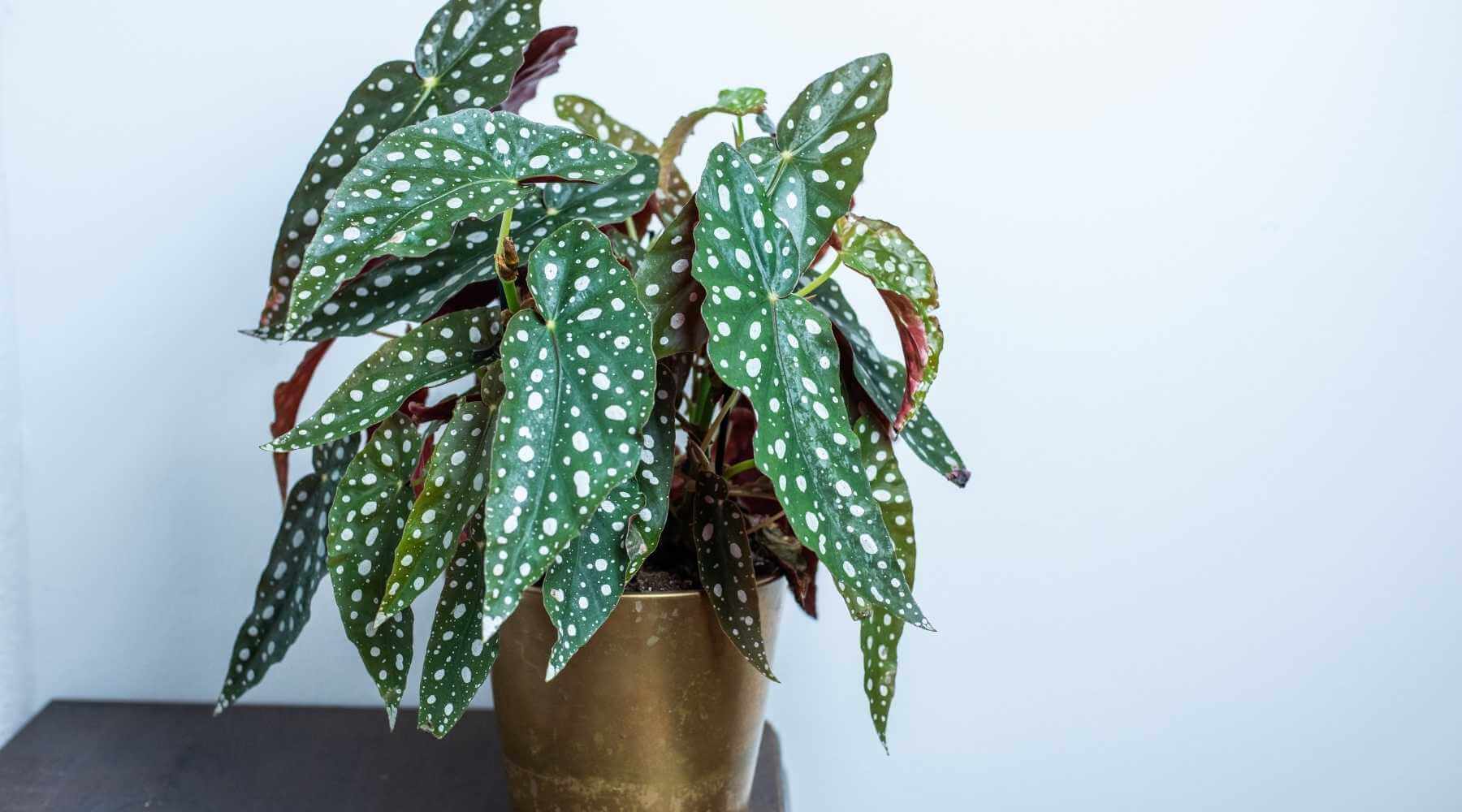
Polka dot plant (Hypoestes phyllostachya), also known as freckle face plant, is a charming herbaceous perennial characterized by its vibrant variegated leaves. While the most common varieties feature green foliage adorned with pink spots, you can also find polka dot plants with purple, white, or red variegation. Thriving in warm, humid conditions with bright, indirect light or partial shade, these plants add a playful touch to any indoor or outdoor space.
Polka dot plants are relatively easy to cultivate, provided they receive the right care. With a moderate growth rate, they typically maintain a compact size, making them ideal choices for indoor houseplants. However, in regions with warm climates, many gardeners treat them as annuals when grown outdoors. While not considered invasive in temperate climates, caution is advised in tropical regions like Australia and Hawaii.
Polka Dot Plant Care Guide
Soil
Plant polka dot plants in rich, well-drained potting mix to ensure optimal growth conditions.
Light
Place your polka dot plants in a warm location with bright, indirect light indoors, or provide partial shade outdoors to prevent variegation from fading.
Watering
Keep the soil evenly moist, watering the plant when the top half-inch of soil has dried out. Adjust the watering frequency during the winter months to avoid overwatering.
Fertilization
Feed your polka dot plants monthly during the spring and summer months with an organic fertilizer suitable for houseplants.
Temperature and Humidity
Maintain a warm environment with at least 50 percent humidity for optimal growth. Polka dot plants prefer temperatures above 60 degrees Fahrenheit and are hardy outdoors only in USDA zones 10 and 11.
Pruning
Regularly trim the top two leaves on each stem to promote bushier growth and prevent legginess. Remove flower spikes to prevent dormancy after flowering.
Types of Polka Dot Plants
Explore various cultivars of Hypoestes phyllostachya, each offering unique leaf coloration and patterns:
- ‘Carmina’: Dark green leaves with red spots.
- ‘Confetti’: Green leaves speckled with white, pink, rose, red, or burgundy.
- ‘Pink Brocade’: Green leaves adorned with mottled pink spots.
- ‘Splash’ series: Variegated leaves featuring mixes of green with splashes of pink, red, or white.
Propagation and Repotting
You can propagate polka dot plants from stem cuttings, preferably in spring or summer. Root the cuttings in water until they develop sufficient root growth before transplanting into soil. Repot your polka dot plant in spring, choosing a container that is slightly larger than the previous one to accommodate its growth.
Common Pests and Diseases
Be vigilant for pests such as mealybugs, aphids, and whiteflies, as well as diseases like root rot and powdery mildew. Monitor your plants regularly and take prompt action to address any infestations or symptoms of disease.
Yes, polka dot plants can thrive both indoors and outdoors, provided they receive adequate light and temperature conditions. Indoors, they prefer bright, indirect light, while outdoors, they thrive in partial shade.
Polka dot plants usually reach a height of around 16 to 22 inches and a width of 18 to 24 inches. While they don’t spread extensively, they can fill out nicely in containers or garden beds.
Regular pruning is beneficial for polka dot plants to maintain their bushy shape and prevent legginess. Trimming the top two leaves on each stem weekly promotes fuller growth. Additionally, removing flower spikes after blooming prevents the plant from entering dormancy.